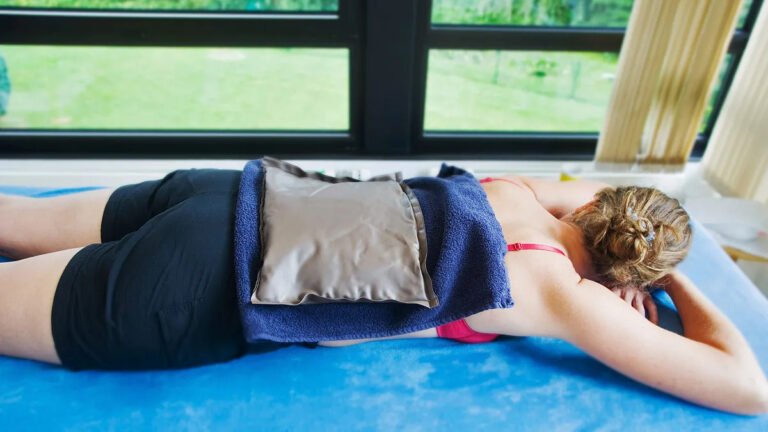Back pain is a common ailment that can greatly affect one’s quality of life. Fortunately, heat therapy offers a natural and effective solution for relieving discomfort and promoting healing. In this blog post, we will explore the benefits of heat therapy, including the use of warm compresses and heating pads, and how they can help alleviate back pain, including conditions like sciatica, lower back pain, and herniated discs.
Specialty Care Clinics Providing Effective Pain Management for Your Chronic Pain:
- At Specialty Care Clinics, our dedicated team of experienced professionals specializes in utilizing a range of pain management techniques tailored to your specific chronic pain condition.
- Our skilled doctors will carefully diagnose your condition and recommend a personalized and effective treatment plan that suits your needs.
- If you want to learn more about how we can help you manage your pain, contact Specialty Care Clinics at (469) 545-9983.

Understanding the Mechanism of Heat Therapy:
Heat therapy, also known as thermotherapy, involves the application of warmth to the affected areas of the body. When applied to the back, heat increases blood flow, relaxes muscles, and enhances the delivery of oxygen and nutrients to damaged tissues. This results in pain relief and accelerates the healing process. Warm compresses and heating pads are convenient tools for delivering heat therapy to the back, providing localised and controlled heat application.
Relief from Muscle Tension, Spasms and Back Pain:
Muscle tension and spasms can contribute to back pain. This therapy helps relax the muscles by improving blood flow, which reduces stiffness and alleviates spasms. Applying a warm compress or using a heating pad on the affected area can provide immediate relief and promote long-term muscle relaxation, minimizing the frequency and intensity of back pain episodes. Incorporating heat therapy into your daily routine can help manage muscle-related back pain effectively.
Improved Circulation and Reduced Inflammation:
Inflammation often accompanies back pain, hindering the healing process. Heat therapy aids in reducing inflammation by improving circulation. The application of heat widens blood vessels, allowing increased blood flow to the affected area. This enhanced circulation helps flush out toxins and promotes the delivery of oxygen and essential nutrients, facilitating the repair of damaged tissues. By reducing inflammation, the therapy helps alleviate pain and discomfort associated with conditions such as sciatica, lower back pain, and herniated discs.
Increased Flexibility and Range of Motion:
Back pain can restrict mobility and limit the range of motion. This treatment can be particularly beneficial in addressing these issues. By warming the muscles and connective tissues, the therapy enhances flexibility and promotes a wider range of motion in the back. This allows for improved mobility, making daily activities easier and reducing the risk of further injury. Incorporating heat therapy into a comprehensive treatment plan can contribute to long-term functional improvements and prevent future occurrences of back pain.

Choosing the Right Heat Therapy Method:
To harness the benefits of therapy for back pain, it is important to choose the appropriate method. Warm compresses and heating pads are two commonly used options. Warm compresses are typically soaked in warm water and applied to the affected area, while heating pads provide continuous and adjustable heat. Both methods are safe, convenient, and effective. However, it is crucial to follow the manufacturer’s instructions and avoid excessive heat exposure to prevent burns or skin irritation.
Heat therapy, using warm compresses and heating pads, offers a valuable and accessible approach to managing back pain. By improving blood circulation, reducing muscle tension, and promoting relaxation, this treatment can provide relief for individuals suffering from conditions like sciatica, lower back pain, and herniated discs. Incorporating this technique into a comprehensive treatment plan can contribute to faster recovery and improved quality of life.
